Time’s changing!
New green-friendly businesses are being developed that encourage shrewd investors looking for better-performing companies.
Green stocks are being introduced at such high rates that eco-friendly investing doesn’t involve losing money.
Ethical stock comes in several shapes. Some of the different characteristics of the profiles mean they provide better risk, and some have stability.
Also Read: What Are Space Stocks?
Contents
- What Are Green Stocks?
- An Overview of The Global Renewable Energy Market
- What Are The Current And Future Prospect Of The Global Energy Market?
- Advantages Of Investing in Green Stocks
- How Green Stocks Help Tackling High Carbon Emissions
- Top Five Green Stocks to Look at in 2023
- First Solar
- SolarEdge Technologies
- Bottom Line
- FAQ
What Are Green Stocks?
According to finance, Green stocks are investments connected to businesses that are in some way engaged in environmental protection.
The companies that issue the stocks may be those that use environmentally friendly processes or materials in producing their goods or services, or they may be those that have changed their organizational structures to lessen their impact on local and global ecosystems.
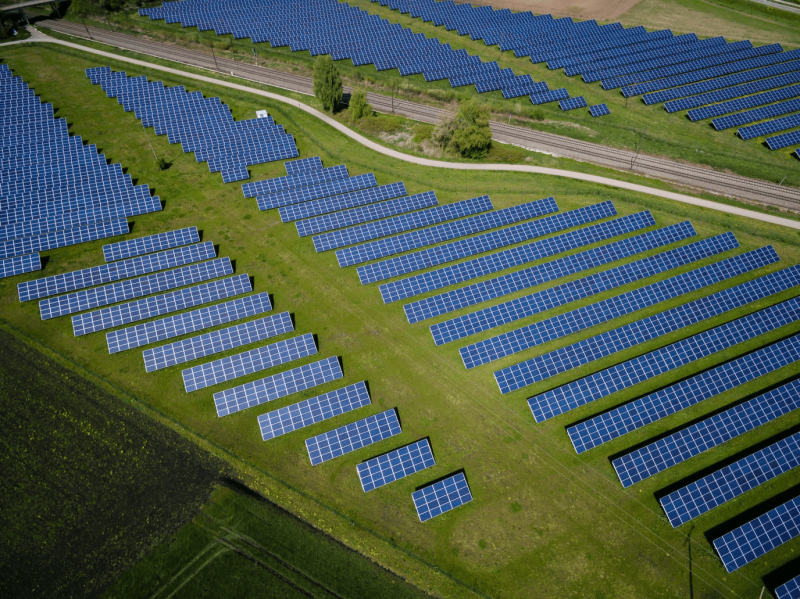
Energy companies that market and encourage the use of wind and other alternative energy sources are some examples of best green stocks, as are companies that employ recycled materials to create new products.
Through the best green stocks, investors may contribute to lowering pollution and the overall degradation of the world while simultaneously earning steady profits on their investments.
This strategy frequently entails taking into account more recent enterprises just entering the market, such as those promoting novel methods for producing biofuels, solar energy goods, or even building buildings out of materials regarded as renewable.
Investors can also take into account enterprises that have discovered ways to cut emissions and waste within their processes, enabling the business to contribute less pollution into the neighborhood, in addition to businesses that are actively engaged in these initiatives.
An Overview of The Global Renewable Energy Market
Investing in green energy entails putting money into businesses that use the energy produced from renewable resources. Governments all over the world are working to enact legislation that will boost the amount of money spent on renewable energy sources, reducing their reliance on fossil fuels.
Because they don’t release greenhouse gases into the atmosphere, low-impact renewable energy sources like wind, solar, and water are better for the environment. A growing number of businesses seek to go green energy as the need for renewable energy sources rises.
The global market for renewable energy was valued at $881.7 billion in 2020, and Allied Market Research estimates that it will reach approximately $2 trillion by 2030. The study also notes that 7% of the world’s energy consumption is currently met by all renewable energy sources put together.
By investing in green energy stocks, you can fund businesses that employ renewable energy sources, which many believe will be the only energy source in the future. at least the expansion of the energy sector.
What Are The Current And Future Prospect Of The Global Energy Market?
Fossil fuels dominate the power industry and will remain an essential energy source for at least the next ten years.
According to reports from several International Energy Agencies, in 2022, 40% of the world’s energy requirements will be met by fossil fuels. In the coming years, it is expected to decrease as a share of overall energy output.
According to Allied Market Research, the market for renewable energy was valued at $881.7 billion in 2020 and is predicted to rise following a compound annual growth rate (CAGR) of 8.4% from 2021 to 2030, reaching $1.98 trillion.
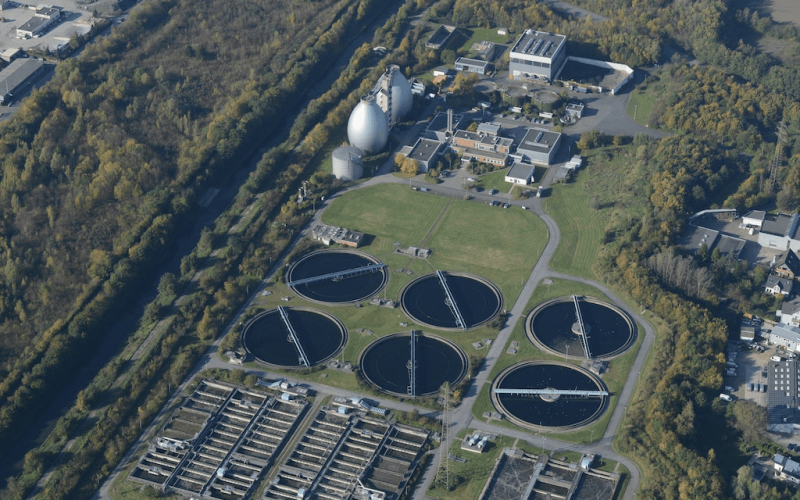
According to the IEA, 12.55% of all energy used for transportation, heating, and electricity production worldwide in 2021 came from renewable sources. By the end of 2022, renewable energy production is anticipated to increase by more than 6% annually.
Here are some of the most essential sectors of renewable energy:
- Hydropower: The largest renewable energy source, hydropower produces more than any other renewable energy source. About 17% of the world’s electrical production and 7% of all the world’s energy requirements were met by hydropower in 2020.
The estimated increase in usage is 17% from 2021 to 2030. The regions of Asia Pacific, Africa, and the Middle East are predicted to expand the fastest; hydrogen fuel cell technology in those markets is stagnant due to aging facilities in the United States and Europe. - Solar Energy: Solar energy storage is anticipated to experience the most dramatic expansion. Currently, solar energy supplies 3.72% of the world’s energy, and from 2019 to 2020, the total amount of solar energy produced climbed by 23%. The global solar market, which was estimated to be worth $184.03 billion in 2021, is anticipated to expand at a CAGR of 6.9% to $293.18 billion in 2028.
The sector will need to expand by 24% annually between 2020 and 2030, meanwhile, in order to meet the goals established by the IEA’s Net Zero greenhouse gas emissions 2050 road map.
Geothermal Energy Storage: Geothermal energy generates clean energy by using heat from the earth. Geothermal power plants are built, owned, and run by Ormat Technologies (ORA), which operates in the United States, Guatemala, Guadeloupe, Honduras, Indonesia, and Kenya.
Also Read: What Is Tracking Stocks?
Advantages Of Investing in Green Stocks
The Green Stock Investments offer several benefits, giving both investors and the business generating money through these investments the chance to profit.
- One of the main benefits of green energy investment is that it allows businesses to raise money from the general public, which is crucial for sustainability-related projects because internal sustainability departments frequently have limited funding and because a company’s involvement in a greener future may necessitate a sizeable up-front investment. Therefore, green energy investment is particularly beneficial to businesses for this purpose.
- Today’s population is conscious of the need to safeguard the environment, so when someone offers a green bond, the public tends to pay close attention, which makes it simpler for businesses to generate money. Additionally, the businesses gain public attention for their creative approaches to sustainability, which benefits the business alone.
- From the investor’s standpoint, green investments are advantageous because many of the green investment vehicles, including green bonds, are tax-exempt.
- Along with the aforementioned benefits, these investments bring personal gratification to the investors since they know their money is being used responsibly and positively.
How Green Stocks Help Tackling High Carbon Emissions
Renewable energy is typically at the top of the list of actions that may be taken to mitigate the worst impacts of global warming in any discussion of the issue. This is due to the fact that renewable energy sources like solar and wind don’t produce greenhouse gases like carbon dioxide, which contributes to global warming.
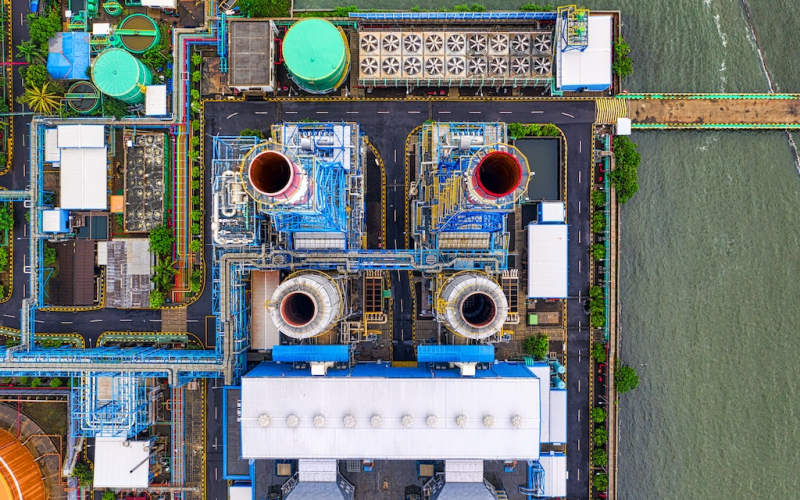
While all electricity generation produces some carbon emissions throughout their lifetime, renewable energy sources emit far less than fossil fuel-fired power plants. According to one study, renewable energy sources typically release 50g or less of CO2 emissions per kWh over their lifetime, as opposed to coal and natural gas, which emit 1000g and 475g CO2/kWh, respectively.
Most of the lifecycle emissions from fossil generators come from fuel combustion. Still, there are additional emissions from the extraction of raw materials, building construction, fuel processing, plant operation, and facility decommissioning.
Top Five Green Stocks to Look at in 2023
Many businesses concentrate on renewable energy, which puts them in a fantastic position to profit from a megatrend in investments. However, the greatest renewable energy stocks to buy are a select few energy firms that stand out above their competitors. Leading providers of top renewable energy stocks:
NextEra Energy
One of the biggest wind and solar energy providers worldwide is NextEra Energy. It generates electricity at its Florida utilities and in its energy resources division, which sells it to other utilities and consumers through PPAs.
NextEra Energy is one of the firms making the biggest bets on renewable energy. In order to completely stop emitting carbon dioxide from its operations by 2045, the utility presented its Real Zero plan in 2022. It plans to dramatically increase solar energy production and storage while switching to green hydrogen and renewable natural gas in place of natural gas in its power facilities.
By making investments in renewable energy, NextEra has a strong track record of generating value for its shareholders. Over the last 15 years, it has generated a total return of over 1,000%. Strong returns are the result of its above-average growth rate.
Since 2005, NextEra has increased its adjusted earnings per share at a compound annual growth rate of 8.4%. In the interim, it has increased its dividend at a rate of 9.8% per year. NextEra received the Dividend Aristocrat title because it has increased its dividend for more than 25 years.
The business anticipates that its investments will continue to return dividends to shareholders. Through at least 2025, it forecasts that earnings would rise at or close to its target range of 6% to 8% annually, driven by ongoing investments in renewable energy. Through at least 2024,
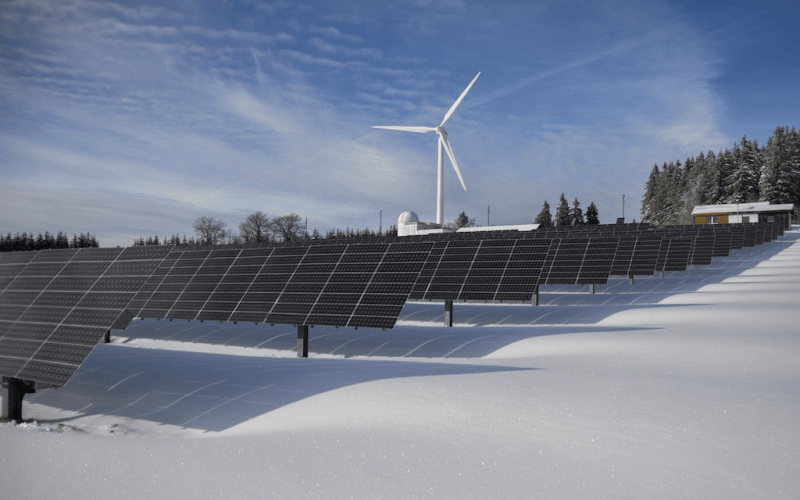
NextEra anticipates a 10% annual dividend growth. Its balance sheet is projected to remain among the strongest in the utility industry, providing the business the financial freedom to keep growing.
Brookfield Renewable
The leading company in the world for renewable energy is Brookfield Renewable. One of the biggest producers of hydroelectricity in the world, it will have 50% of its portfolio in hydroelectricity by 2022.
Additionally, Brookfield has been expanding its knowledge of energy storage, utility-scale solar, onshore and offshore wind, and rooftop solar. Most of the company’s power is sold through long-term PPAs that produce consistent cash flow.
Brookfield has a successful history. The business has produced an expected annual return of 18% since its beginning. Its growth has been fueled by the continual addition of new acquisitions and development projects to its portfolio. Since 2012, Brookfield’s dividend payments have grown by 6% compound annually thanks to the more than 10% compound annual growth in company earnings over the previous ten years.
The track record of Brookfield is really good. The business has produced an 18% annualized total return since it began operations. Growth has been fueled by continually adding new projects and acquisitions to its portfolio. Over the previous ten years, Brookfield’s earnings have climbed at a compound annual rate of more than 10%, driving a 6% compound annual growth in dividend payments since 2012.
Clearway Energy
Clearway Energy is a major owner of renewable energy generation plants in the United States. With highly effective natural gas-powered facilities, it complements its portfolio of renewable energy sources, including wind and solar. Additionally, Clearway sells its power through PPAs, giving the business a consistent income stream.
In 2022, the company sold its thermal division, bringing in $1.35 billion in cash that it used to fund the expansion of its operations in the renewable energy sector. It has consistently invested money by purchasing renewable energy assets. The deals give the business a better understanding of its ability to raise its dividend.

Due to its deals, Clearway Energy currently anticipates being able to increase its dividend toward the top end of its target range of 5% to 8% annually through at least 2026. It plans to keep its financial standing strong in the meanwhile. In the upcoming years, Clearway Energy is well-positioned to develop its renewable energy activities and, in the process, generate significant value for its shareholders.
First Solar
First Solar creates and produces thin-film solar panels that, because of their bigger size and ability to produce more energy than rival technologies, are perfect for utility-scale solar power plants.
The business is well-positioned to profit as the demand for solar panels increases because it is one of the top producers of solar panels in the world. It is actively investing in improving the production of solar panels and satisfying demand.
Except for a new facility being constructed in India, it had already sold out all of its capacity until 2024 as of the second quarter of 2022. Meanwhile, it has agreements in place to sell panels until 2026, providing it with a sizable amount of visibility into future earnings.
First Solar can keep growing with one of the most substantial balance sheets in the industry. The corporation anticipated having between $1.3 billion and $1.5 billion in cash at the end of 2023, despite making significant expenditures in expanding its manufacturing capacity. The buffer provides them a ton of financial flexible room to keep growing and take advantage of the rising demand for solar panels.
SolarEdge Technologies
An improved inverter system is developed and produced by SolarEdge Technologies. The element increases the amount of power generated by solar panels, which helps reduce the cost of energy the system provides. SolarEdge Technologies should profit from the accelerating global growth of solar energy, similar to First Solar.
The business has also begun using its inverter knowledge to develop other intelligent energy solutions. It has increased the range of goods it offers by acquiring companies specializing in several energy market categories, including solar, storage, uninterruptible power supplies (UPS), electric vehicle powertrains, charging batteries, and electric and grid services solutions.
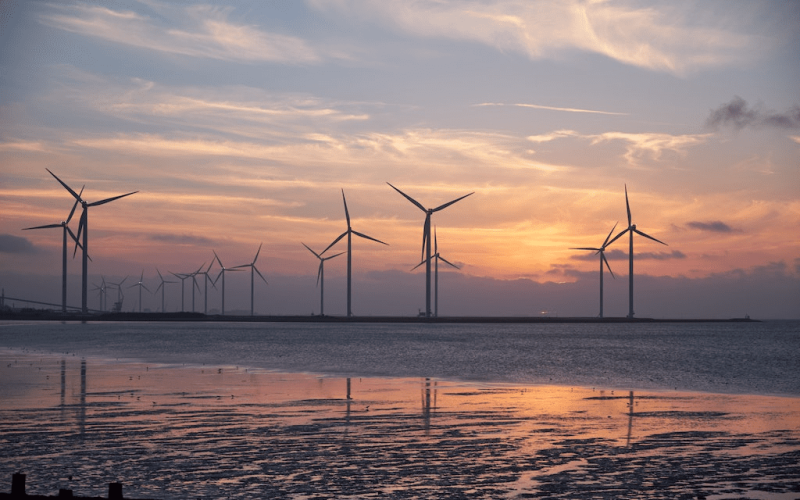
Because of its solid financial standing, SolarEdge Technologies has been able to diversify further into smart energy solutions. The primary inverter business of the corporation is lucrative and brings in a lot of money. In 2022, it had almost $1 billion in net cash, allowing it to keep growing and take advantage of the decarbonization megatrend.
Bottom Line
With climate change becoming a major global concern, socially conscious investing is increasing. Many nations and businesses will be forced to make large investments in renewable energy sources. There will be a large supply of green energy stocks in high demand as governments worldwide work on laws to hasten the decarbonization process.
The overall bigger economic scenario with the Fed continuing to hike interest rates to battle inflation is one element we can’t overlook when it comes to investing in the best green energy stocks. Due to excessive inflation and the unavoidable repercussions brought on by that instability, several equities fell in 2022, which you must keep in mind while considering investing in green stocks.
FAQ
What are Considered Green Stocks?
Companies investing in green alternative energy sources are considered green stocks. This asset class includes wave, the geothermal, wind, and solar power stocks. Conceptually and emotionally, green stocks are appealing as clean, renewable energy sources.
Should I Invest in Green Stocks?
Over the past ten years, fossil fuels underperformed renewable energy, earning returns of 192.3% as opposed to 97.2%. The investment in renewable energy has produced higher returns and has been less volatile over the last five years than the portfolio of fossil fuels.
What are Clean Energy ETFs?
Exchange-traded funds (ETFs) that focus on alternative energy stocks, such as those from the solar, wind, hydroelectric, and geothermal industries, are known as clean energy ETFs. Clean energy ETFs may effortlessly diversify your portfolio, just as other forms of funds. Additionally, ETFs are often less expensive compared to mutual funds.



